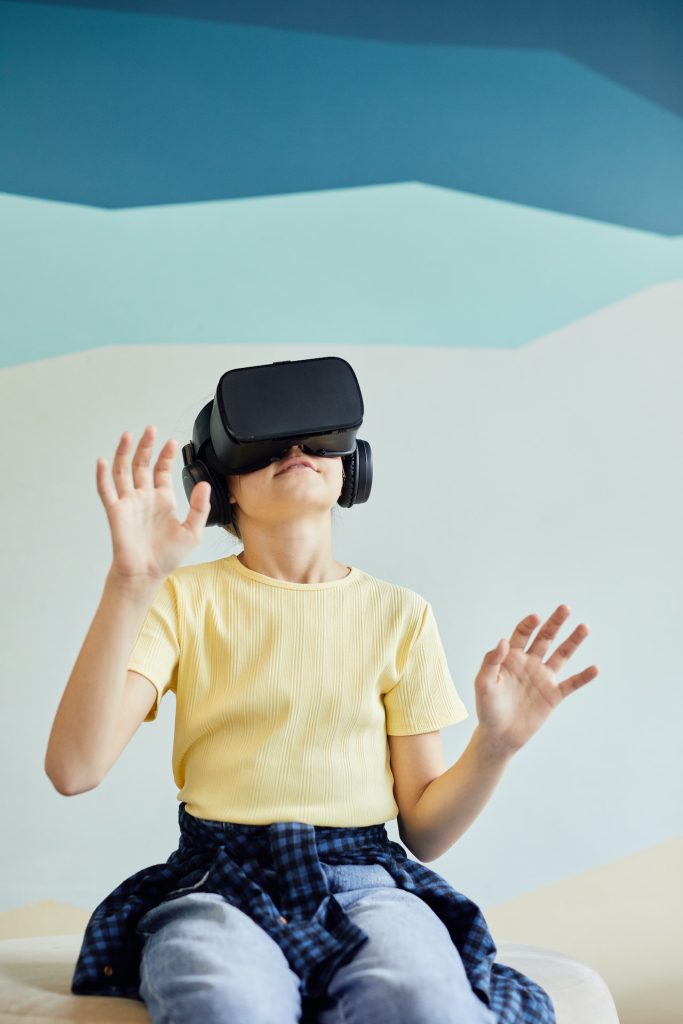Extended Reality technology is being used to create learning experiences that engage students in ways that traditional classroom teaching cannot.
Introduction
Extended reality technologies are increasingly being used in education to enhance the learning experience.
These technologies can be used to create immersive and interactive experiences that can make learning more engaging, effective, and efficient.
However, as with any emerging technology, there are also challenges that must be addressed.
XR can also enable students to explore different environments in order to gain a better understanding of the world around them.
With these advantages, it is clear that extended reality has great potential for improving education in the future.
Immersive Learning Experiences
One of the main benefits of extended reality technologies in education is the ability to create immersive learning experiences.
VR technologies can be used to transport students to virtual environments, such as historical sites or natural habitats, that would otherwise be difficult or impossible to visit.
This can make learning more engaging and memorable, and can also provide students with a deeper understanding of the material.
AR technologies can be used to overlay digital information in the real world, providing students with an interactive and contextual learning experience.
For example, AR can be used to display information about historical sites, scientific concepts, or mathematical equations directly on the objects they relate to.
This can make learning more interactive and engaging, and can also provide students with a deeper understanding of the material.
Improved Access To Education
Another benefit of XR technologies in education is improved access to education. XR technologies can be used to provide students with remote access to educational resources and experiences, regardless of their physical location.
This can be especially beneficial for students in remote or underserved areas, who may not have access to the same resources and opportunities as students in more urban areas.
XR technologies can also be used to provide students with access to specialized resources, such as lab equipment or expert instructors, that may not be available in their local area.
This can provide students with a more comprehensive and well-rounded education, regardless of where they live.

Challenges Users Can Find In XR Technologies
One of the main challenges of using XR technologies in education is the cost. XR technologies are still relatively new, and the cost of hardware and software can be prohibitively expensive for many schools and educational institutions.
Additionally, the cost of creating and maintaining XR content can also be high, especially for educational institutions that are not experienced in this field.
Another challenge is the lack of standardization. XR technologies are constantly evolving, and there is currently no standard for XR content.
Which can make it difficult for educational institutions to develop and distribute content across different platforms.
Finally, there are also concerns about the impact of XR technologies on students’ privacy and security. As XR technologies become more widely adopted, there is a risk that personal data could be collected and used without the student’s consent.
Additionally, there is also a risk that XR content could be used to spread misinformation or manipulate students.
Conclusion
Extended reality technologies in education can provide students with immersive and interactive learning experiences, improve access to education and provide access to specialized resources.
However, as with any emerging technology, there are also challenges that must be addressed.
These include the cost of hardware and software, lack of standardization, and concerns about privacy and security.
Nevertheless, with the right approach and the right tools, XR technologies can be used to create new and exciting educational opportunities.
It is important for educational institutions to stay informed about the latest developments in XR technology and to work with experienced partners to ensure that they are able to take advantage of the opportunities that XR technologies offer.

